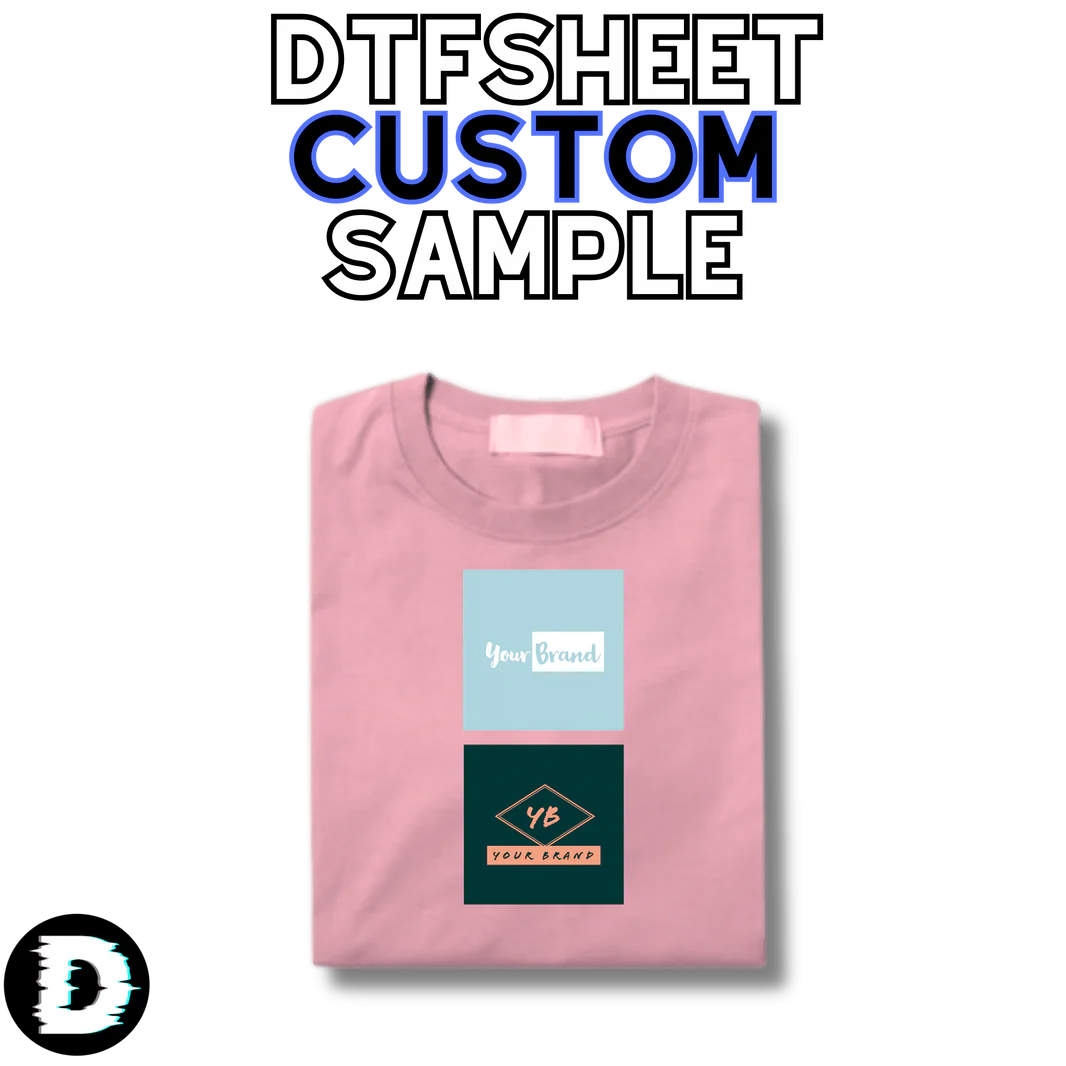DTF printing has started to make a name for itself in the printed clothing industry thanks to its quality and durability. DTF, one of the printing methods realized by heat transfer, can be easily applied to many surfaces with this method. This technology, which has become widely used thanks to its versatility in fabric printing, offers the most innovative methods in the printing world. Direct to film technology, which enables lively, detailed and colorful designs to be easily applied, also uses heat technology very effectively.
The DTF transfer process begins by transferring the design to a film using special inks. Then, the prints on these films are transferred to the fabric by heat transfer. Meanwhile, special powder adhesives are used to ensure better adhesion of the ink to the fabric. Transparent and heat-resistant films are also called custom gang sheet method. The inks transferred onto these films can be stored away from contact with air. In this way, the printing process becomes much easier when the order comes or when mass production is to be carried out.
Heat Transfer Technology with DTF Printing
With DTF, one of the custom heat transfer technologies, the ink adheres to the fabric better. In this way, the prints remain durable for many years. Heat transfer used in the DTF printing system is a very important stage. Heat activates the adhesiveness of the film, allowing it to adhere to the fabric. Thanks to the heat, the ink on the film softens. Thus, it adheres better to the fabric fibers and becomes permanent.
This heat transfer takes place in a stage called heat press method. With heat pressure, the ink in the film placed on the fabric is melted and transferred to the fabric fibers. After this process, the fabric and film are waited to cool. After cooling, the film is peeled off from the fabric. The quality of ink and film is of great importance in heat transfer.
The Importance of Heat in the DTF Printing Process
In the custom DTF printing process, the design is printed on a film and then a special powder adhesive is applied over the design. Powder adhesive ensures that the ink adheres to the textile surface. At this stage, heat is necessary for the powder adhesive to melt and bond to the ink. If sufficient heat is not provided, the adhesive will not melt properly and the durability of the print will decrease.
In DTF printing, the design is printed on film and then transferred to fabric. When printing on film, the temperature of the printer allows the ink to dry properly. In the DTF printing system, temperature control is the key factor that determines the quality and durability of the print. Great importance should be given to temperature control for the following reasons:
- Correct Temperature for Quality Printing: The appropriate temperature is necessary for the clarity, vividness and durability of the print. Too low a temperature will result in poor adhesion and poor print quality, while too high a temperature can damage the fabric and cause the print to burn.
- Consistency and Repeatability: Accurate temperature settings ensure the same quality and consistency every print. Using different temperatures can cause inconsistencies in printing results.
- Safety: High temperatures can pose safety risks, such as fire hazards. Therefore, heat control systems are designed to monitor the temperature range and reduce the temperature when necessary.
The use of heat in a DTF printing system is a critical factor affecting the quality, durability and safety of the print. Correct temperature control is essential to obtain quality and durable prints. Carefully monitoring and adjusting the temperature during the printing process ensures the consistency of printing results and also increases safety.



























